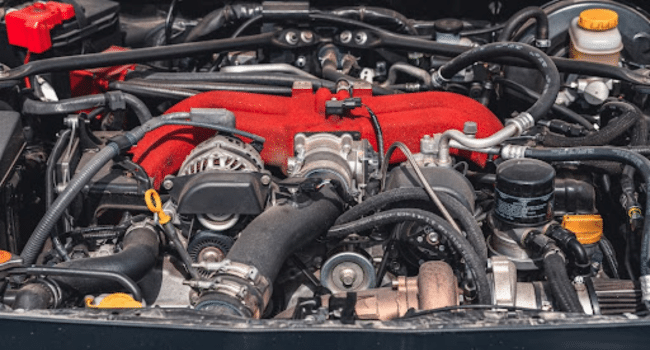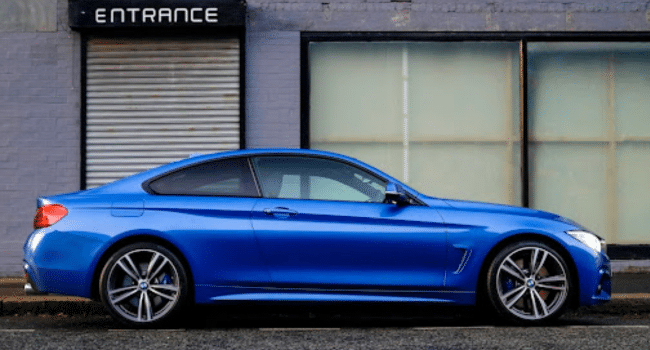Table of Contents
When it comes to maintaining your vehicle’s longevity and performance, many car owners opt for an extended warranty plan to safeguard against unexpected repairs and costs. These warranties can be a financial lifesaver, covering a multitude of common vehicular issues that go beyond the scope of factory warranties. They offer peace of mind, especially as cars age and are more prone to malfunction. Understanding what is typically covered under such plans is crucial for making an informed decision about your car care strategy. Below, we delve into the typical coverage offered by extended vehicle warranties and highlight key components to watch for.
Understanding Extended Vehicle Warranty Coverage Basics
An extended vehicle warranty is essentially an insurance policy on your vehicle’s major components and systems. It’s designed to protect you from bearing the full cost of unexpected repairs once your original manufacturer’s warranty expires. Generally, these plans are customizable, allowing car owners to select the level of protection that suits their needs and budget.
There are two primary types of extended warranty coverage: exclusionary and inclusionary policies. An exclusionary extended warranty is often considered a bumper-to-bumper warranty, excluding only a list of non-covered parts, thereby providing comprehensive coverage. Inclusionary, or stated component coverage, details the specific parts or systems that are covered, which can range from basic to extensive protection options.
Many individuals turn to reputable third-party providers for an extended warranty once their original warranty nears its end. This transition requires understanding the terms and conditions of the policy, including the duration, mileage limits, deductibles, and the repair facilities that are authorized to service their vehicle under warranty. Aligning with trusted providers ensures you are securing a beneficial deal for your car’s future.
Engine and Transmission Protection

The vehicle engine and transmission are the heart and soul of your automobile, which is why extended warranties often emphasize coverage for these core components. Should these systems experience a breakdown or failure, the cost of repairs can be steep, making the coverage invaluable. An extended warranty usually includes all the internal components of these key systems.
Engine coverage often comprises the engine block, cylinders, timing belt, gears, and oil pumps, while transmission protection often extends to the transmission case, torque converter, and internal parts. Owners can feel assured knowing that a significant financial burden will be taken off their shoulders if these complex components face any mechanical trouble. Similarly, comprehensive coverage may also include transfer case repairs, ensuring peace of mind for owners of four-wheel-drive and all-wheel-drive vehicles.
Nonetheless, certain conditions apply when it comes to coverage for these central components. Regular maintenance must be adhered to, as negligence can lead to voiding the warranty. Records of oil changes, belt replacements, and other routine services are crucial in ensuring coverage remains intact during a claim.
Electrical Systems and Advanced Tech Inclusions
With vehicles becoming increasingly sophisticated, the inclusion of electrical system coverage in an extended warranty is a significant benefit. Modern cars are infused with an array of electronic components and convenience features, from navigation systems to electric windows and keyless entry systems. These advancements add complexity and potential costs to the repair process.
An extended warranty might cover electronic modules, sensors, and wiring, along with other electrical system components that are critical to your vehicle’s operation. Coverage can also extend to the increasingly common hybrid and electric vehicle components, embracing the evolution of automotive technology.
As cars progress, so do their infotainment systems, which have transformed the dashboard into a hub of connectivity. Extended warranties frequently account for the complex mechanisms behind touch screens, audio systems, and connected services, ensuring technological mishaps don’t turn into financial mishaps.
Safety Features and Emissions Coverage Under Extended Warranty
Vehicles today not only include advanced entertainment and comfort features but also come with a suite of safety options designed to protect drivers and passengers. An extended warranty covers many of these safety features, including airbags, anti-lock braking systems (ABS), and traction control, which are integral to vehicle safety performance.
Additionally, many extended warranties include certain aspects of the emissions system. This may encompass coverage for components like the EGR valve and EVAP system, which are critical to reducing a vehicle’s environmental impact and ensuring it meets emission standards.
While safety and emissions equipment may not directly influence vehicle operation like an engine or transmission, malfunctions in these systems can lead to failed inspections and create unsafe driving conditions. Hence, the inclusion of these components in an extended warranty plan provides an added layer of security and compliance assurance.
Overall, a well-structured extended warranty can provide extensive coverage and immense relief from high-cost repairs, particularly on the most critical and expensive-to-repair vehicle components. By familiarizing yourself with what is commonly included and excluded in extended warranty plans, you can maneuver the complexities of car maintenance with added confidence and financial protection.
Read more on KulFiy
5 Tips You Need to Know Before Buying a Vehicle
